This article is about Chinese White Tea Production and Classification
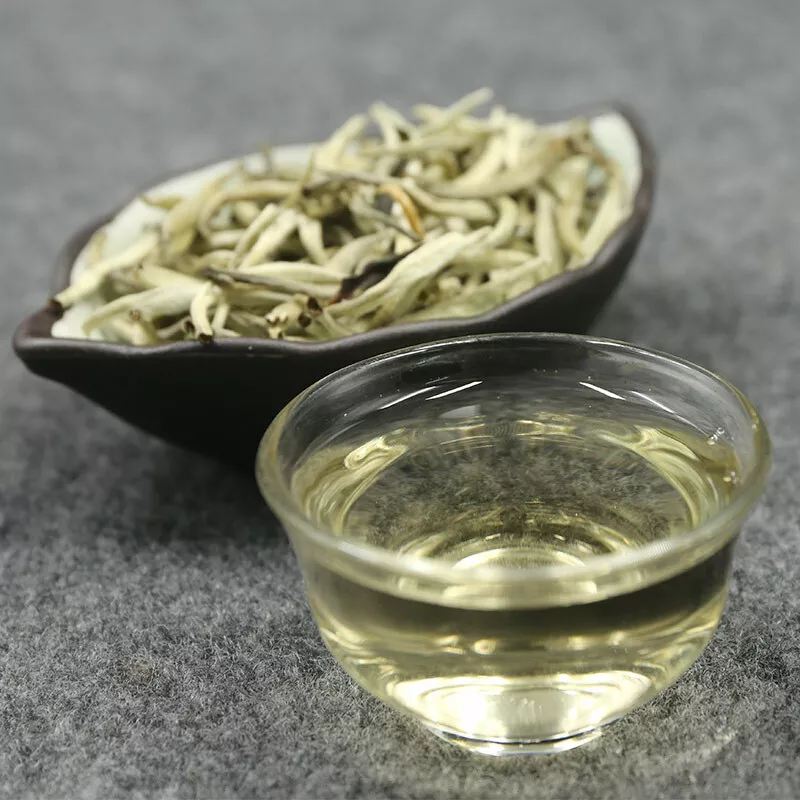
In recent years, the diversity and deep cultural stories of tea have attracted more and more tea lovers, and rightfully so. White tea is the standout among the many types of tea, offering a unique flavor and a range of health benefits. In this article, we will definitively explore the classification of white tea and analyze the characteristics of various white tea types, so that you can better understand the fascinating journey of white tea.
White tea is a tea that is made from the leaves of the Camellia sinensis plant.
White tea is a light fermented tea with a natural flavor. White tea is relatively simple compared to other types of tea. There are four main categories: White Hair Silver Needle, White Peony, Gong Mei, and Shou Mei are the four main types of white tea.

Which tree species is best suited for making white tea?
To make white tea, you must choose a variety with a lot of hairs. This will result in a white tea with a high amino acid content and fresh flavor. The best varieties include Fuding Large White Tea, Fuding Large Hair Tea, Zhenghe Large White Tea, Fu’an Large White Tea, Fuyun No. 6, and so on.
I’m going to show you how to make white tea.
The process of making white tea is very close to nature and is not simple. There’s no getting around it. Once the fresh leaves have been picked, the main processes are withering and drying. The withering process spreads the tea leaves thinly to reduce their water content and facilitate internal changes. There are two types of withering: indoor and outdoor. Tea makers must adjust the method and time according to the weather.
The drying process is essential for long-term storage, as it allows the withered tea leaves to lose more water. Different white teas are withered in different ways and to different degrees, so the temperature and frequency of roasting will also vary.
I’d like to know the classification of white tea.
White tea is categorized according to the standard for plucking the leaves, and is divided into two types: bud tea and leaf tea. If the young buds are used as raw material for processing, it is made into bud tea, which is then called silver needle. If young buds and leaves are used, it becomes leaf tea, which is known as Shou Mei (壽眉), White Peony (白牡丹), and Gong Mei (貢眉). White tea can be harvested in a variety of ways, resulting in a diverse range of flavors.
There are four main classifications of white tea.
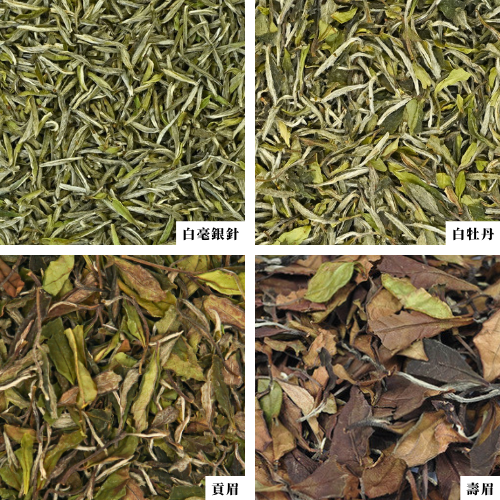
White Tea Classification 1 –

White Hair Silver Needle The buds of this tea are plump and full of white fuzz, making them look as white as silver and shaped like a needle—that’s how it got its name, “White Hair Silver Needle.” Its appearance is eye-catching, and it tastes delicious. The White Hair Silver Needle you find on the market today is almost certainly from the best varieties of Fuding Large White Tea or Zhenghe Large White Tea. Why? Because they have the fattest buds and the best quality.
White Tea Classification 2 – White Peony
White Peony is renowned for its distinctive leaf shape. The green leaves cover the silver-white buds, and when steeped, the green leaves surround the buds like a flower blooming, which is why it is called “White Peony.”
White peony is made from two leaves and one bud of Fuding and Zhenghe white teas, with the buds and leaves connected. The quality white peony tea has “three whites.” The buds and bottoms are covered with hairs and have a grayish-green color. Once brewed, the tea broth is apricot or orange-yellow in color, with the bottom of the leaves light greenish-gray. The aroma and flavor are unmistakably fresh and mellow, with a light floral scent that pervades the mouth. White Peony is unique for a reason. It’s not just beautiful, it’s also delicious.
White Tea Classification 3 – Kung Mei
Kung Mei is made with one bud, two or three leaves, and young buds and leaves. This grade falls between White Peony and Shou Mei. Gongmei is traditionally made from vegetable tea, but due to the low production of vegetable tea nowadays, tea growers sometimes use the raw material of large white tea to make Gongmei. Gongmei is just as good as White Peony.
White Tea Category 4 – Shou Mei
Shou Mei is made from Fuding Da Bai Tea, Fuding Da Hao Tea, Zheng He Da Bai Tea, etc. To make Shou Mei, the tea must wait until the buds and leaves have grown to a coarse and old age. It is made from one bud, two or three leaves, and has the appearance of fallen leaves in the fall. The tea broth is light amber in color with a sweet and mellow taste and a fruity and floral aroma.
Secrets of White Tea Classification and Flavor
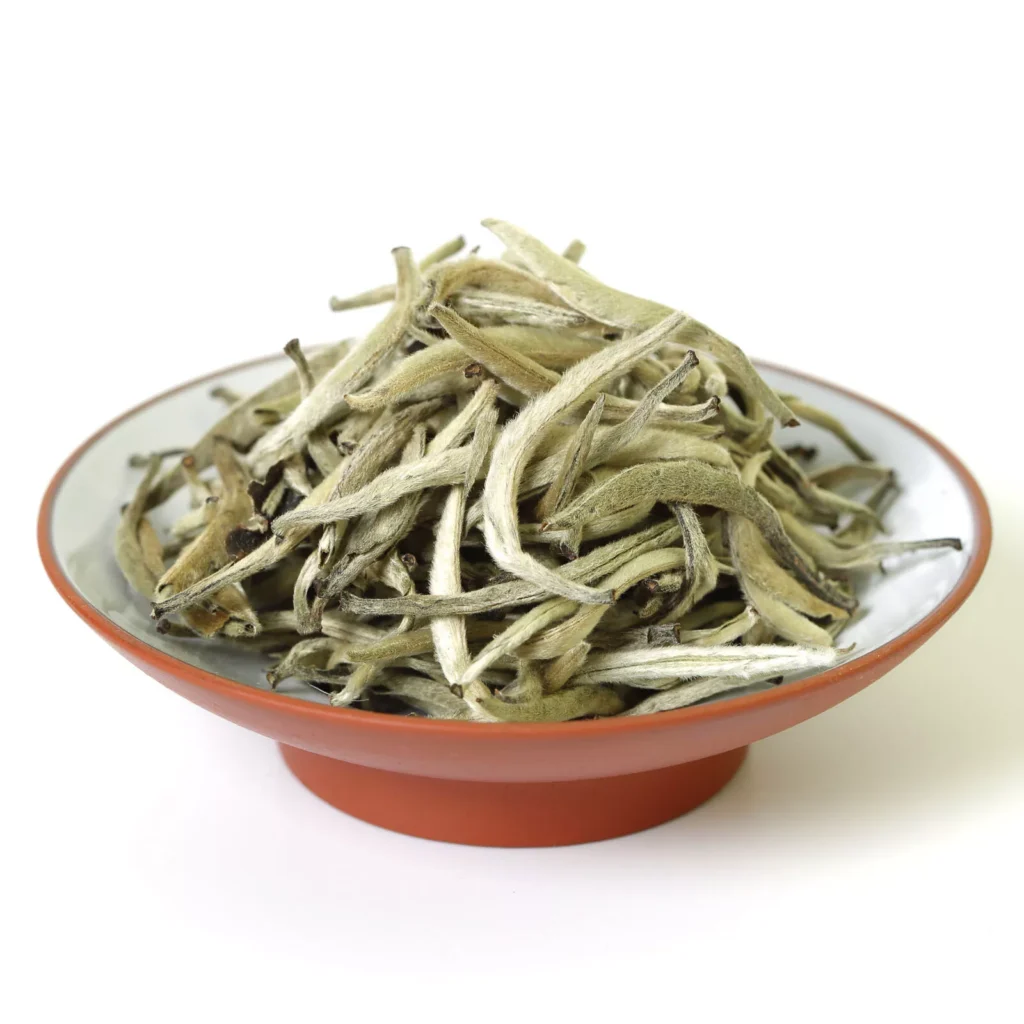
To understand white tea, you must grasp not only its flavor characteristics but also its place of origin. Fuding and Zhenghe in Fujian Province are the main production areas for white tea. Different geographical and climatic conditions indisputably affect the taste and quality of the tea. The origin of white tea is just as important as the region of origin of wine when it comes to flavor.
The world of white tea classification is full of fascinating flavors and stories. Each category is like a painting, displaying different colors and layers. The Silver Needle tea is fresh and light, while the White Peony tea is green with a silver-white center. These are not just teas—they are immersive experiences. This is the wonder of white tea. An unforgettable tea journey awaits.
1, The best white tea is selected white tea:
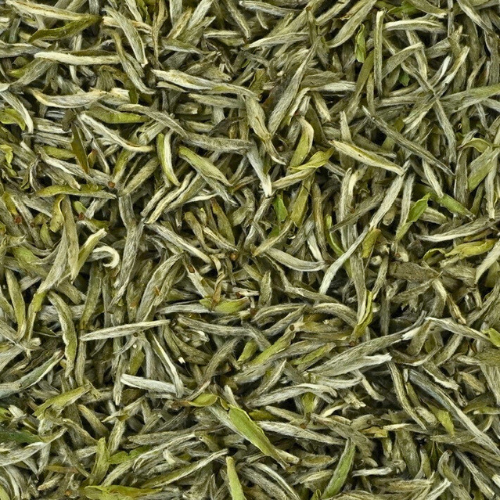
This is head-plucked white tea. The tea broth is a light apricot yellow, and the taste is delicate, sweet, warm, and mellow. The sweet aroma of rock sugar explodes in your mouth and transforms into a light floral aroma with a long aftertaste as you breathe.
2, White Peony:
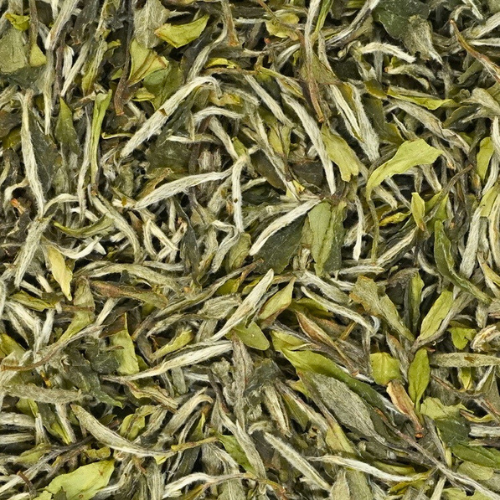
White Peony Once brewed, it boasts a distinctive sweetness reminiscent of soybeans, a vibrant apricot-yellow hue, and a rich, mellow flavor.
3, High Mountain Moonlight White:
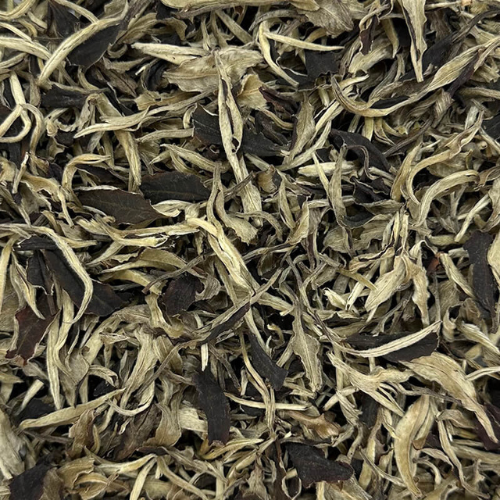
This dry tea boasts a distinctive aroma, with subtle pollen and powdery scents, along with fresh grassy notes. The taste is unmistakably sweet and moist, like a sip of fruit nectar, with a subtle interplay of small white flowers and woody aroma, and a distinctive fragrance that lingers on the lips and teeth for a long time.
4, Old White Tea 2009:
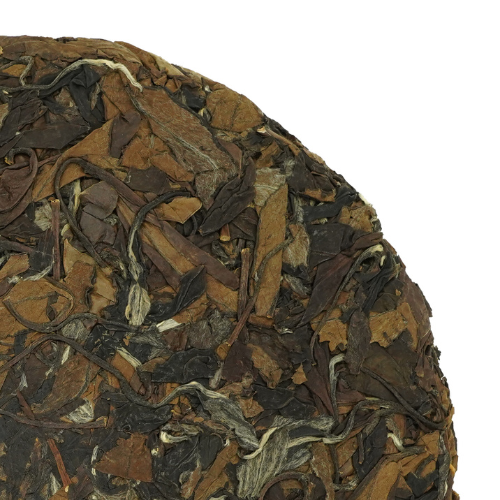
Old White Tea has a strong twig and wood aroma, and when consumed in the boiled form, the taro and lotus leaf aroma is unmistakable. The flavor is soft, smooth, and sweet. The amber color of the tea broth will undoubtedly bring you a sense of peace and comfort.
Views: 1
Leave a Reply